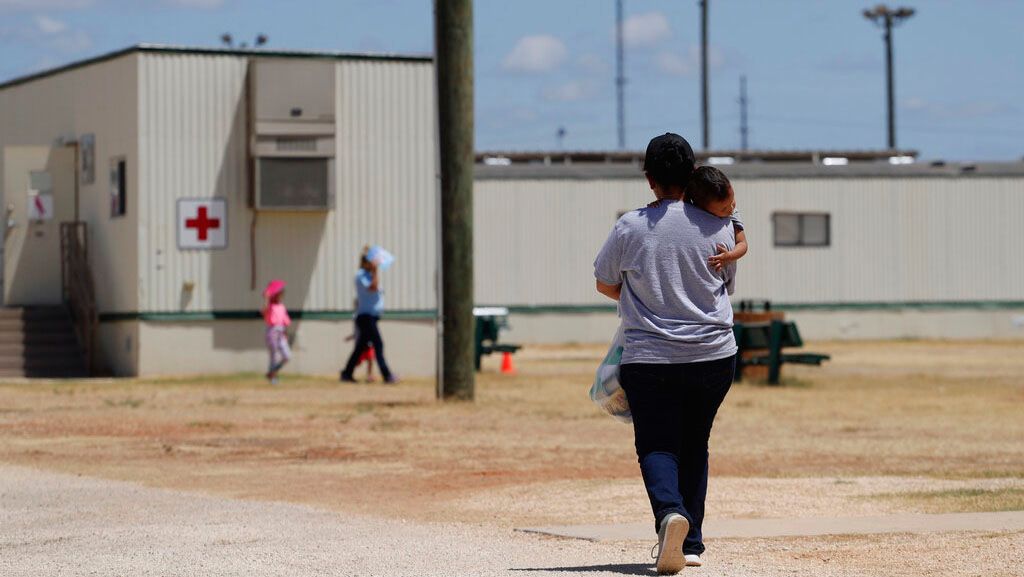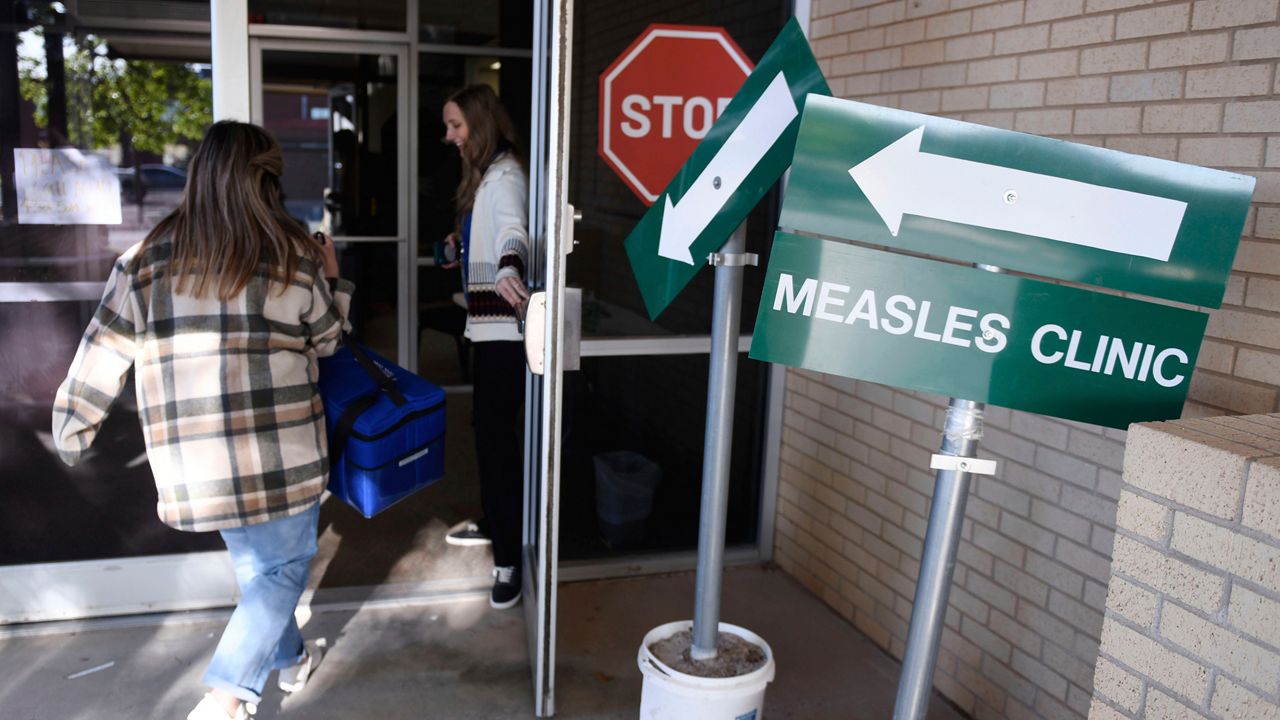SAN DIEGO — Owning and operating South Bay Urgent Care has given doctors Kimberly and Matthew Dickson an intimate look at the health struggles of the people who live in this part of San Diego.
The couple said the decades-long problem of raw sewage and contaminated stormwater from Mexico flowing into the United States has left residents in the South Bay of San Diego sick.
“We see patients with GI illness — so vomiting and diarrhea when the pollution levels are high,” Dr. Kimberly Dickson said. “We also see a lot of asthma patients because the hydrogen sulfide from the sewage in the water is elevated in the air; so we see the air pollution affecting patients, the water pollution affecting patients.”
The County of San Diego just launched an interactive map that displays beach closures, recent wastewater spills, and current levels of hazardous gases like hydrogen sulfide, a colorless gas that smells of rotten eggs and is also known as sewer gas.
Dr. Matthew Dickson said he had to use his inhaler more when he moved to Imperial Beach and on days when there are high levels of hydrogen sulfide gas, they see an increase in patients with wheezing, headaches and nausea.
“A couple of years ago when the air pollution got worse and the water pollution got worse, I started having to use this a lot,” he said. “And it’s kind of like clockwork, when there’s big spills and the ocean gets polluted, I have to use this — and so do my patients.”
According to the Surfrider Foundation, since Jan. 1st of this year, nearly 10 billion gallons of contaminated water have flowed through the river into the Pacific Ocean in Imperial Beach.
Ramon Chairez is a part of Un Mar de Colores, a nonprofit promoting ocean stewardship and equity. He grew up surfing in the waters of Imperial Beach until they became too dangerous.
“I think the sad part about it is that we’re used to it,” he said.
In April, Chairez was there as the Tijuana River was ranked the second most endangered river in the nation this year, up from No. 9 last year. He said restoring a healthy Tijuana River will require international cooperation and urgent action.
“It’s just a beautiful community here. People are super engaged. It’s a small town and we’re in dire need of a victory here,” Chairez said.
Lee Zeldin is the administrator of the Environmental Protection Agency and recently visited San Diego to survey the sewage crisis. He said they are working with Mexico to fast-track projects on the U.S. side of the border to stop wastewater flows and to press Mexico to do the same.
“Part of this is not only getting them on the same page with the 100% solution, but also pressure testing every single timeline to get everything done as quickly as we can,” Zeldin said.
The Dicksons said they will continue to treat the people who live in their community.
“We want to protect our military, our lifeguards, our border patrol,” Dr. Kimberly Dickson said. “All these people who protect us, we want to protect them.”
The San Diego County Air Pollution Control District is also monitoring the air quality in the South Bay. They distribute air filtration devices to households affected by the odors caused by hydrogen sulfide produced by the transboundary wastewater and sewage flows near the Tijuana River Valley.






_es_Social_Security_Firings_PKG_CGs_133610316_2266)


